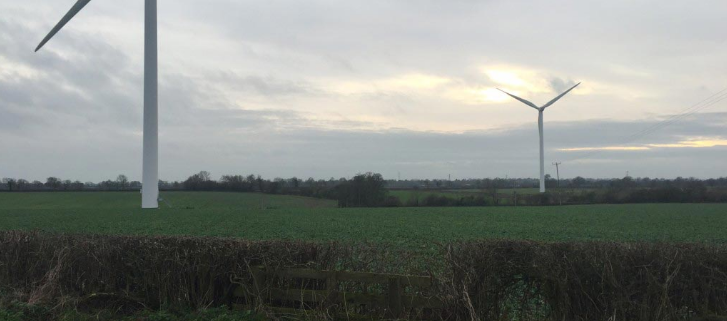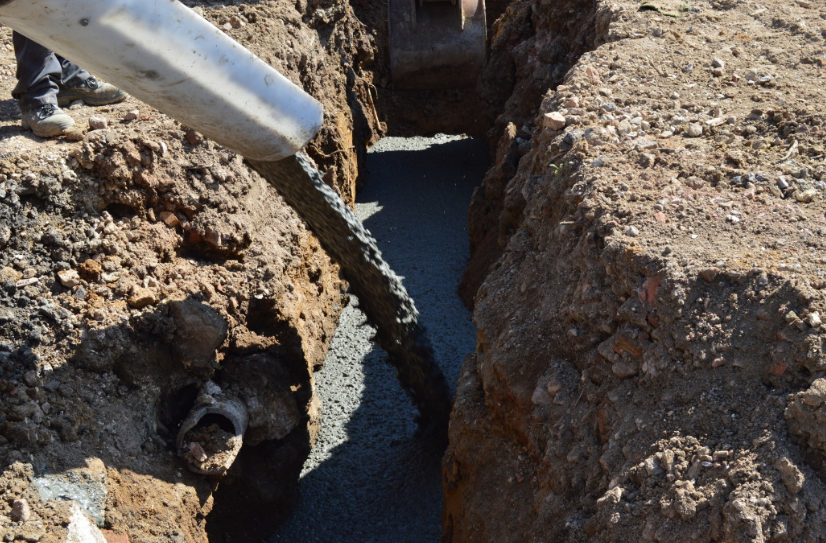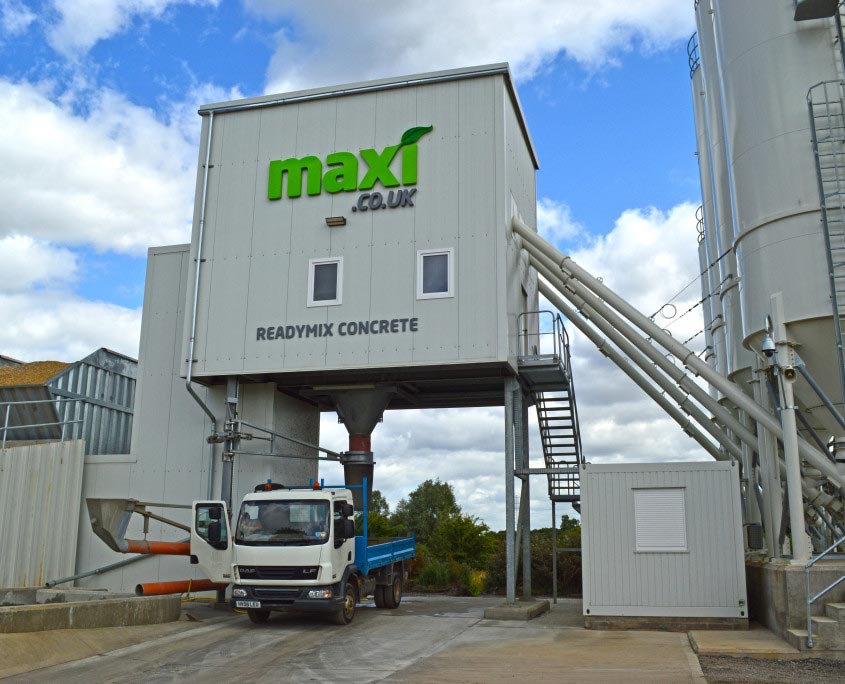Concrete and the Environment
Concrete is all around us…
According to the Cement Sustainability Initiative, it’s second only to water as the most consumed material on the planet.
As a building material, it’s used in practically every type of construction you can think of – including buildings, bridges, roads and tunnels. Why? Because of its strength and durability.
Concrete has been used throughout history in many different forms and its use is increasing all over the world.
In China, where enormous construction projects have taken place, around half of the global supply of concrete is used.
The new plants established are using cleaner technology that reduce environmental impact.
Here at Maxi, we’re dedicated to making our site as kind to the environment as possible by using clean, modern technology at our plant. The production pro cress creates dust clouds, so we use machinery that captures and then recycles the dust clouds, instead of releasing them into the environment.
We even have our own range of environmentally friendly concrete.
Concrete is a versatile material and has a host of environmental benefits, due to features that enhance the way a building or structure performs in sustainability.
Noise reduction
Concrete has good levels of sound insulation, therefore the need for additional insulating finishes are minimal.
Waterproof
Concrete can be used when a structure needs to be either waterproof or water resistant. The concrete’s specification will determine to what extent it can keep out water. Our own MaxiWater is an excellent example of this.
Fireproof
You can’t burn concrete as the components used are non-combustible.
Unlike other materials, concrete cannot be set alight and therefore there is no risk of toxic fumes being released in the event of a fire, or damage from smoke. This makes it a safe structure for buildings and homes.
Temperature regulation
Due to a high level of thermal mass, concrete absorbs heat slowly and holds it for a much longer length of time than other construction materials. This provides an energy saving advantage, as it reduces air-conditioning and heating requirements.
Durable
It is strong, durable and lasts a long, long time, as Roman structures the Pantheon c.126 AD and the Colosseum c.70 AD prove!
Concrete structures can withstand natural disasters such as earthquakes and hurricanes and require virtually no maintenance.
Produced locally
For us in particular, concrete is usually produced and distributed locally, therefore saving on transport emissions.
Economical
Other construction materials like steel, for example, cost more to produce. Concrete’s durability and low levels of maintenance make it very affordable for construction.
Recyclable
Concrete can be recycled to reduce the amount of waste going to landfill and reduce the amount of new aggregate produced.
After a demolition project, chunks can be broken up or crushed to make aggregate to produce new concrete. This vastly reduces the amount of construction waste.
The concrete must be uncontaminated and will first need to go through a process to ensure any other products are removed.
Concrete shows its sustainability credentials as buildings that are no longer needed can be recycled into new materials to build new structures.
If you’d like help choosing the type of concrete for your next project, just contact us.






